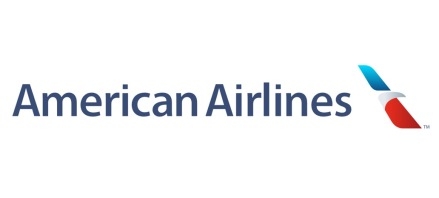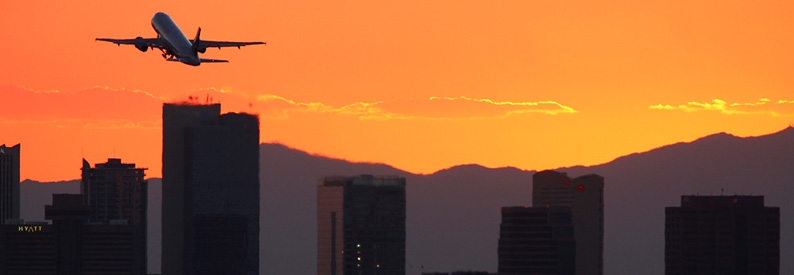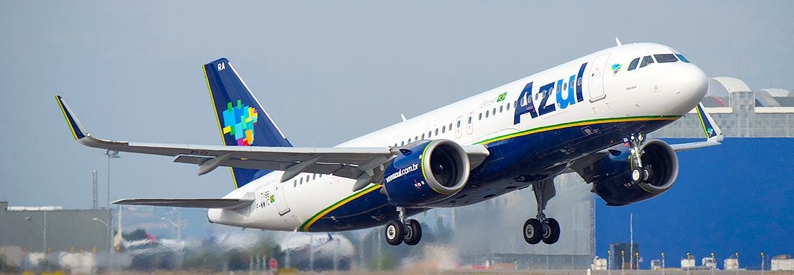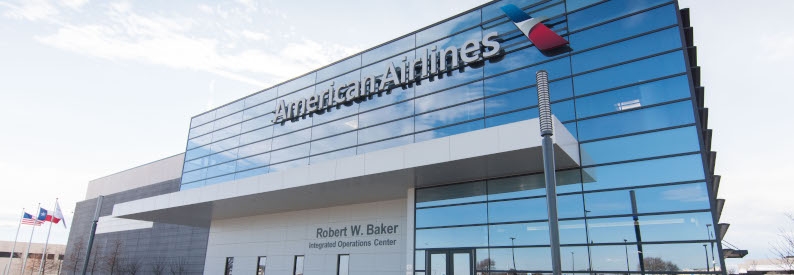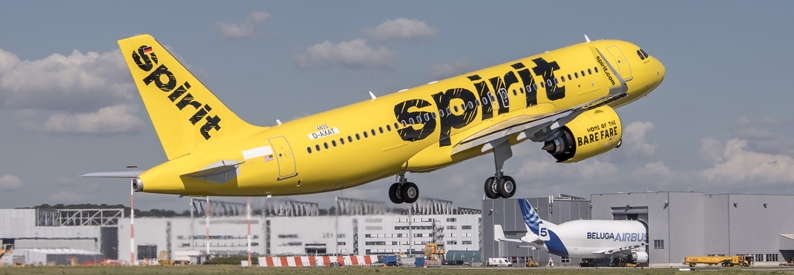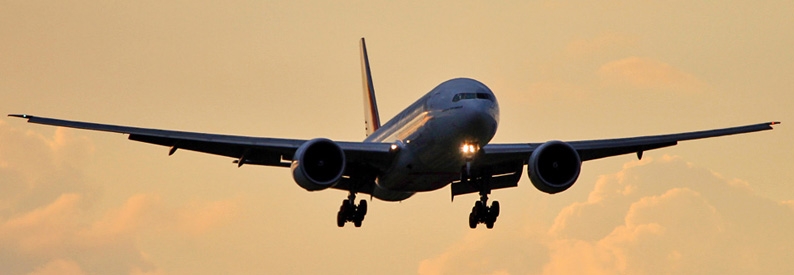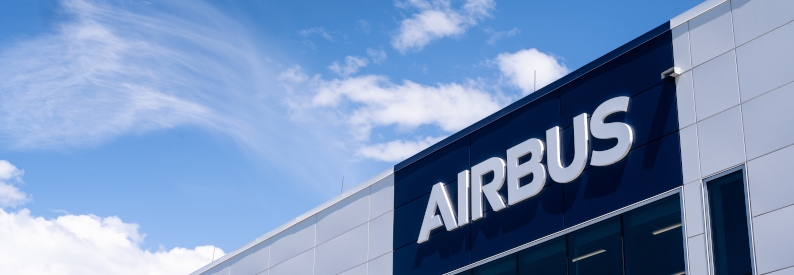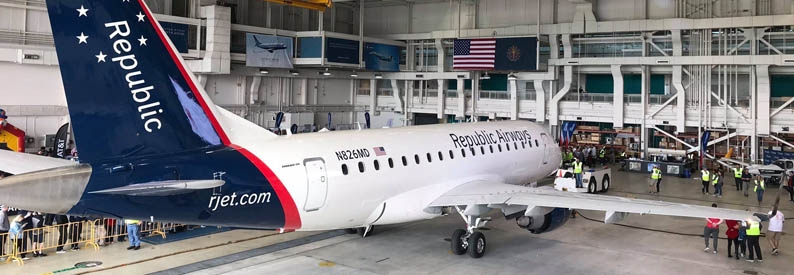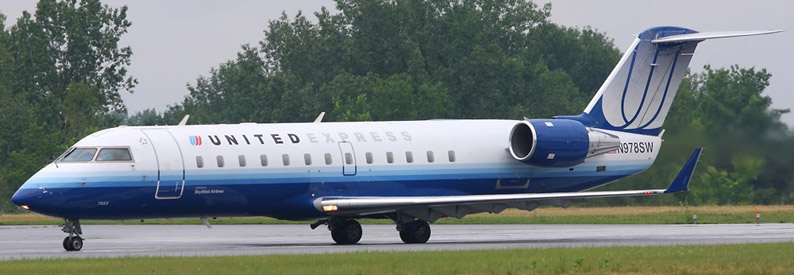American Airlines (AA, Dallas/Fort Worth) has drawn down on USD1 billion in term loans under its existing senior secured delayed draw term loan credit facility, originally entered into on March 18, the company said in a stock exchange filing dated March 25.
American Airlines Group entered into a credit agreement on March 18 with Citibank as administrative agent, and with Bank of America NA, Goldman Sachs, and JP Morgan Chase Bank as joint lead arrangers and syndication agents. Term loans under the facility will be due in a single instalment on the maturity date of March 17, 2021.
The company's obligations under the credit agreement are secured by “certain slots, foreign gate leaseholds and route authorities utilised by American” in providing services to and from Mexico and Central America and to London Heathrow and cities in the European Union as collateral. Under the agreement, the group must maintain a minimum aggregate liquidity of USD2 billion.
The loan comes with interest at an index rate plus an applicable index margin or, alternatively, the London Inter-Bank Offered Rate (LIBOR) plus applicable margin for interest periods of one, three, or six months.
“Cash conservation and liquidity while revenues are depressed are key,” Robert Isom, president of American Airlines, said in a message to staff dated March 19. “Each of us can do our part to preserve and protect our finances. From conserving fuel to not wasting resources to changing how we operate, every dollar matters.”
He added: “Yesterday, we secured a USD1 billion loan to strengthen our balance sheet, which means our company now has approximately USD8.4 billion of total available liquidity. We will continue to look at ways to ensure we’re in the best financial shape possible.”
Like other airlines, American has been seeking liquidity as demand for travel has evaporated. Delta Air Lines has tapped USD3 billion in loans, Southwest Airlines USD2 billion. However, American carries the heaviest debts of the United States' large airlines, totalling USD25.6 billion, which is double those encumbering Delta or United Airlines, the Financial Times reported.
- Type
- Base
- Aircraft
- Destinations
- Routes
- Daily Flights
